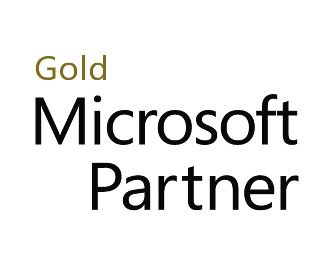The Android operating system has gained a lot of fans in the enterprise space thanks to use by white collar employees and via “bring your own device” (BYOD) initiatives. Until recently, though, Android was only an option available on consumer-grade smartphones and tablets, which made it a risky bet for more demanding application environments. A number of major rugged device manufacturers, including Motorola (now part of Zebra), Intermec/Honeywell and Panasonic, have since rolled out Android-based industrial mobile computers.
But is the Android OS truly enterprise-ready, and is it a viable option for use on the type of rugged devices leveraged in line-of-business applications? Earlier this year, Google issued Android for Work, an enterprise-focused containerization platform and standalone application that lets IT administrators create separate corporate and personal workspaces on Android OS-based smartphones and tablets. Last year’s release of Android Lollipop (version 5.0) introduced features that improved and standardized security (including EMM/MDM APIs).
There are a number of advantages that the Android OS provides for enterprise deployment on rugged devices. First, Android has become ubiquitous in the consumer smartphone and tablet market, which means that many of your employees are already familiar with the user interface. High end user familiarity and adoption can make training easier and less expensive.
That more familiar interface has also led to the development of more consumer-style rugged devices. Some companies have rolled out ruggedized versions of the smartphone, which splits the difference between the heavy-duty hardware customers are used to and the sleek user interface found on consumer phones.
Android also is seen as a more “open” platform, and a robust group of apps is now available in field service, logistics, and other line-of-business segments. That has given it an advantage over Apple’s iOS in the enterprise space, because Apple presents more obstacles to both app development and deployment via the company’s approval processes.
Android has also gained some traction in the rugged device space because Microsoft fumbled its mobile strategy, losing time (and market share) while it revamped its approach to embedded, rugged, and consumer-grade mobile devices.
Past versions of Android weren’t considered secure enough for enterprise deployments, but the latest upgrades include remote wipe capabilities, encryption, and application whitelisting/blacklisting features. Google has also incorporated technology (like the Samsung KNOX technology) that can help separate personal and business data on the devices.
That feature is helpful for companies using consumer-grade devices in a BYOD environment. Deploying Android on industrial devices actually improves the security picture, because the devices are corporate-owned and the IT department can control which applications and features are available.
Android’s enterprise adoption rate remains low, however, in part because of fragmentation and perceived instability. The Android OS is refreshed frequently, not every device manufacture is running the same version of the OS, and not every app is compatible with each version. That can leave end users and app developers scrambling to stay current with the updates.
Another downside is that the majority of applications deployed in the rugged space (warehouse management, direct store delivery, etc.) were originally built for Windows Mobile, Windows CE, or Windows Embedded. That makes it difficult (or even impossible) to maintain current applications while moving to Android-based hardware. However, with the release of Microsoft’s WE8H OS, many of those older Windows-based applications will no longer be supported. End users will likely have to refresh their application software no matter what platform they choose, which could put Android on more equal footing with the new Windows Embedded platform.
Peripheral support is another potential obstacle. If you have an existing stock of barcode readers, portable printers, magnetic stripe readers, or other devices, make sure that whatever mobile computer and operating system you select supports those devices.
Is Android the right choice for your rugged enterprise application? Hardware and application choices have greatly expanded, and Google has improved the platform’s security and manageability. Depending on your application needs and your level of comfort with Android’s frequent updates, the OS presents some appealing cost and training advantages over competing platforms.





